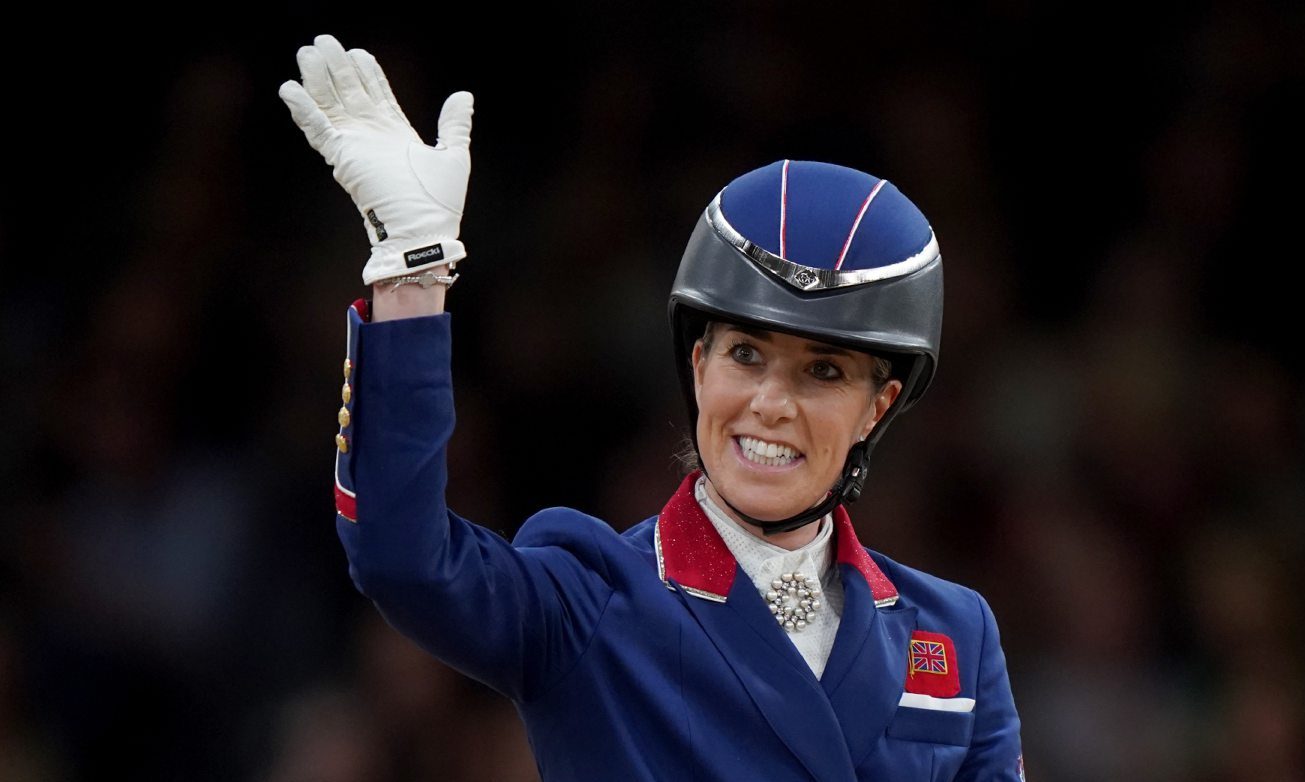Possibly inadvisably, this week I intend to talk about a thing I know very little about — English language education in modern schools. It seems to me that young adults leave school with sadly deficient English skills.
I hasten to add that I believe there will be gifted and committed teachers in schools today. But, clearly, from the evidence of young people’s spelling, punctuation, and word usage, something is going wrong.
I have a theory. I think too much emphasis is placed too early on studying what writers are trying to say rather than how they are saying it.
I think that what Harper Lee was thinking when writing To Kill A Mockingbird, or the thought processes of Tennessee Williams in A Streetcar Named Desire, have become more important to teachers than the way those writers used English to tell the stories of Atticus Finch and Blanche DuBois.
It is, I agree, important that the themes in Macbeth are understood. And the moral dilemmas in Lord Of The Flies deserve to be explored. But they cannot be appreciated until you understand the basics of the language. A builder can’t create a house unless he knows what a brick is.
I believe pupils should appreciate how thoughts are expressed before they look at how great writers expressed themselves. To do this, I believe they should first be taught basic grammar.
Now it has been several decades since I attended school. Are children still taught sentence structure? Do they start with subject-verb-object? If they are told “the cat sat on the mat” do they know the cat is the subject of the sentence? Sat is the verb, showing what the cat is doing, and the mat is the object?
Are they told there are nine types of words? Do they learn what a comma is for? Are they shown where to place, and where not to place, apostrophes? Are they told to look up words to ascertain exactly what they mean, and how to spell them? Are they tested on this?
When they get a little older, do they study the way words are put together to make elegant phrases? Do they learn rhetorical devices such as chiasmus, antithesis, alliteration and synaesthesia?
I might be badly wrong. I don’t mind being wrong. Indeed, I hope I am wrong. Perhaps there is another reason that English skills appear to be less impressive than they once were.
Word of the week
Synaesthesia (noun)
A literary device where one thing is described in terms of another. EG: loud colours, frozen silence, silken voice.
Read the latest Oh my word! every Saturday in The Courier. Contact me at sfinan@dctmedia.co.uk



